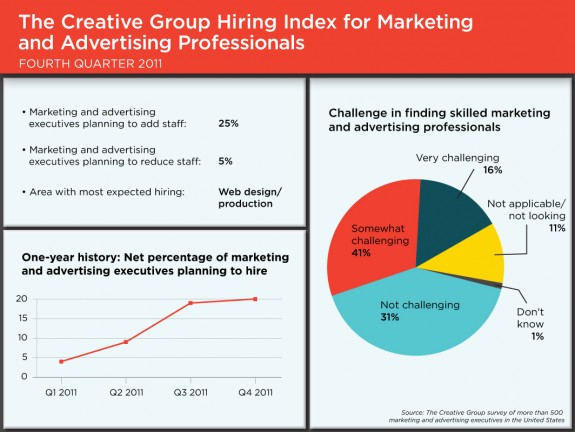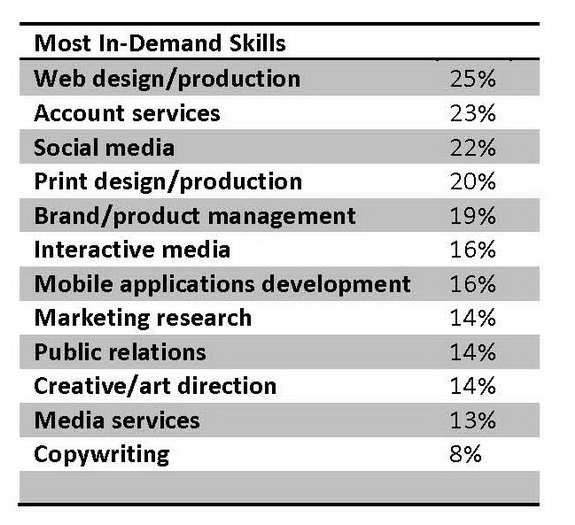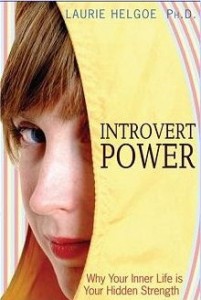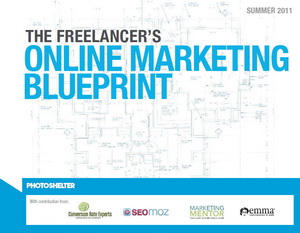International Freelancers Day is a global initiative to celebrate independent workers and the tremendous impact they have on our economic growth. The movement was founded by three long-term freelancers–Steve Slaunwhite, Pete Savage and Ed Gandia–who are experts in the freelance market, making the transition into self-employment, and building a profitable and enjoyable solo business.
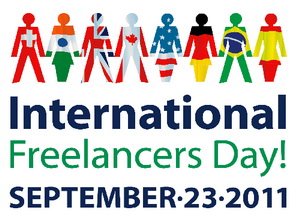 International Freelancers Day will be celebrated on Friday, September 23 with a free, online video conference that is expected to connect tens of thousands of independent workers and other viewers from all over the globe. The conference will start at 10 am EST and run through 6:30 pm.
International Freelancers Day will be celebrated on Friday, September 23 with a free, online video conference that is expected to connect tens of thousands of independent workers and other viewers from all over the globe. The conference will start at 10 am EST and run through 6:30 pm.
Gandia, Savage, Slaunwhite, and 14 other authors and thought leaders will present sessions on topics such as pricing, attracting clients, working more productively, outsourcing administrative tasks, promoting yourself, and growing your business. The goal of the conference is to offer strategies that can help take your “business of one” to the next level.
“With many economists and thought leaders heralding the arrival of the ‘freelance economy,’ there’s never been a better time to celebrate freelancers and solo professionals the world over,” says Ed Gandia, co-author of “The Wealthy Freelancer.”
A record number of professionals are currently pursuing freelance work — either by necessity or simply because they want to. According U.S. Bureau of Labor Statistics estimates, one-third of the workforce is now self-employed or freelance. As a growing portion of the labor force continues to shift in this direction (a 10% year-to-date increase, according to SurePayroll’s Small Business Scorecard Review in July) many of these professionals are now seeking better ways to not just survive — but to thrive — in the new “gig economy.”
Register for the free conference at: http://www.internationalfreelancersday.com
2011 Freelance Industry Report
Earlier this month, Ed Gandia released the “2011 Freelance Industry Report: Data and Analysis of Freelancer Demographics, Earnings, Habits, and Attitudes.” The report presents data from more than 1200 freelancers who responded to a survey conducted through Facebook, Twitter, and e-mail during a nine-day period in August, 2011.
Self-employed individuals from 37 different fields responded to Gandia’s survey. The report tabulated statistics and findings from the top 10 fields represented among the respondents:
- Writer (18% of respondents)
- Copywriter (12%)
- Designer (11%)
- Translator (9%)
- Web developer (7%)
- Editor/copy editor (6%)
- Marketing professional (4%)
- Business consultant (4%)
- Software developer (3%)
- Virtual assistant (2%)
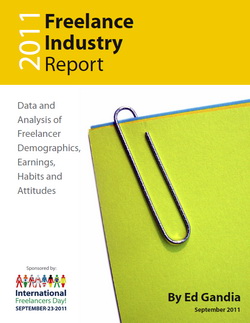 Other types of freelancers who responded to the survey included bloggers, illustrators, photographers, video editors, authors, SEO specialists/consultants, fashion designers, videographers, accountants, engineers, bookkeepers, and social-media consultants.
Other types of freelancers who responded to the survey included bloggers, illustrators, photographers, video editors, authors, SEO specialists/consultants, fashion designers, videographers, accountants, engineers, bookkeepers, and social-media consultants.
The report includes 70 charts that provide insight such as:
- The biggest challenges freelancers face and how those challenges differ by profession, location, experience and other factors.
- Attitudes toward freelancing, the economy’s impact on freelance work, and freelancers’ business outlook for the next 12 months.
- Income trends, hourly rates, billable time, and how different freelancers price their services.
- Lifestyle choices, including average hours worked, the importance of free time and flexibility, and attitudes toward re-entering the traditional workforce.
- How freelancers attract clients today, how much time they spend promoting their services and what marketing strategies they’re planning to implement over the next year.
One major finding is that “Professionals who are freelancing as a result of a layoff or being downsized are more likely to earn less as a freelancer than peers who planned their way to self-employment. However, 80% of these ‘accidental’ freelancers are much happier now than they were as employees.”
Download the free 50-page report from the International Freelancers Day website.
LINKS
International Freelancers Day Conference
2011 Freelance Industry Report by Ed Gandia
Book: The Wealthy Freelancer: 12 Secrets to a Great Income and an Enviable Lifestyle

